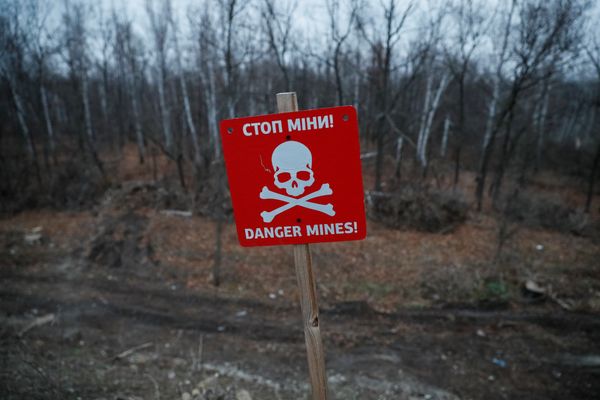IBD's Relative Strength Rating, or RS Rating, is one of the most powerful tools for investors in growth stocks. Along with the EPS Rating, they are the two most heavily weighted ratings in the IBD Composite Rating. So, what makes the Relative Strength Rating a must-have tool?
How To Invest With RS Rating
The RS Rating allows you to quickly gauge the strength or weakness of a stock. Combined with the relative strength line, investors can get a clearer picture of exactly how well a stock is performing.
The Relative Strength Rating compares a stock's 12-month price performance with all other stocks. The rating is set on a scale of 1 to 99, with 99 being the best possible. The three most recent months receive a heavier weighting in the calculation.
The relative strength line compares a stock's price action with that of the S&P 500 and does not have a numerical value. A rising line tells you the stock is outperforming the index. Even if a stock falls in price, if the S&P 500 falls harder, the stock's RS line still rises.
When a stock breaks out of a proper base, investors should check both the RS Rating and RS line for confirmation of the stock's strength. An RS Rating of 80 or higher with an RS line at or near new highs means your stock has a much greater chance of a successful advance.
However, some investors consider the 12-month RS Rating to be too slow. The extra weighting on the three most recent months mitigates some of that lag, but many still want a quicker-reacting rating. The three-month Relative Strength Rating is your answer.
The 3-Month RS Rating
Like the 21-day exponential moving average, the three-month Relative Strength Rating is an exponential calculation of a stock's recent price action. Each day is weighted more heavily than the day before.
The three-month RS Rating — as well as the six-month rating, which is an intermediary gauge — are found in IBD MarketSurge. They are found in the "Related Information" slide-out. Investors.com provides only the 12-month RS Rating.
On Dec. 3, CrowdStrike cleared a cup-without-handle base (1). The Relative Strength Rating was at 96, and the three-month RS shot to 77 from 8 the day before.
Three weeks after the breakout, CrowdStrike posted a gain of more than 30%. Nine weeks after the breakout, CrowdStrike pulled back below the 50-day moving average (2). It was there, on Jan. 27, that the three-month RS Rating held at 78, still above what it was on the breakout.
Investors who held were rewarded with another three weeks of gains. On Feb. 22, CrowdStrike fell more than 5% and closed below the 21-day line (3). This time, the three-month RS Rating dropped to 72, indicating its strength was waning. Later, shares fell below the 50-day line (4). Ultimately, CrowdStrike made a near round trip to its breakout price and began its next base.







